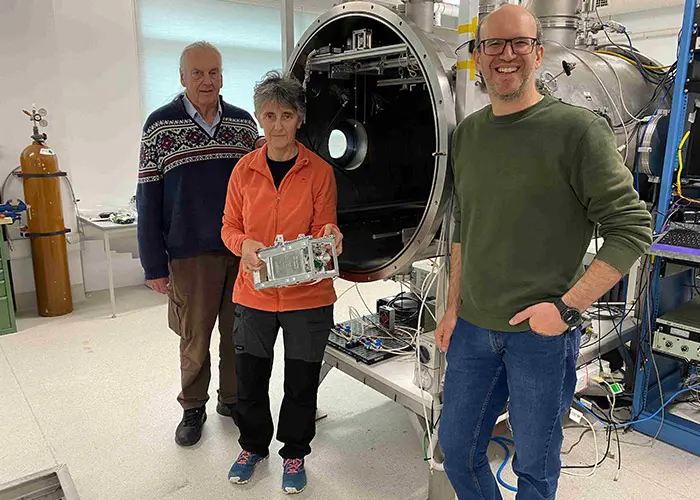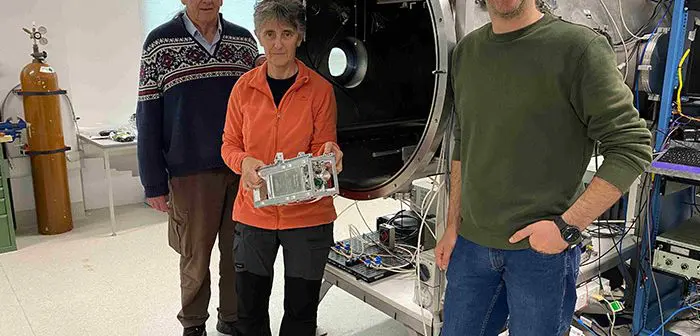
An iLAuNCH Trailblazer project is developing a thrust vectoring system to improve CubeSat guidance, navigation and control (CNC).
Named the Bogong Thruster, the project builds on original work from the Australian National University and Boswell Technologies, which launched to space in 2023.
The Bogong Thruster is a box containing naphthalene (mothballs), a propellant that goes directly from a solid to a gas when heated. By emitting naphthalene gas into space, thrust is created and pushes the spacecraft forward in the opposite direction.
“We are pioneering Australia’s first vectored thrust technology for small satellites, using space heritage demonstrated by iLAuNCH university partner ANU and Boswell Technologies,” said iLAuNCH Trailblazer Executive Director Darin Lovett.
The system will be integrated into Azista’s attitude control system, offering unprecedented precision manoeuvring and responsiveness of small satellites and providing them with new capabilities for applications in Earth observation, secure communications, and optical alignment.
“We are partnering with Indian company Azista Industries to integrate the thruster into a CubeSat to demonstrate space flight heritage on orbit,” added Lovett. “Successful demonstration of this thruster will open it up for commercialisation into the CubeSats and SmallSats that Azista is developing.”
A longstanding drawback of any CubeSat is the lack of size, weight, and power available for subsystems to control the satellite once in space. This new iLAuNCH Trailblazer project could catalyse the small satellite sector by introducing an advanced vectored thrust control system, marking a significant leap in manoeuvring capabilities.
“The successful demonstration of this technology in orbit will serve as a critical milestone, showcasing the potential for this home-grown innovation to revolutionise small satellite operations and establish new industry standards for satellite control systems,” said Boswell Technologies CEO, Professor Roderick Boswell. “By enhancing the manoeuvrability of small satellites, this project has the scope to stimulate economic growth within the regional satellite and space technology markets.”
Azista will design and produce the CubeSat, ensuring it is compatible with the integrated propulsion and pointing systems. It will also prepare it for comprehensive altitude/attitude control testing and manage the satellite’s launch into orbit to showcase the technology’s functionality and readiness for the market.
“Concept and deformable structure design will be followed by prototyping, testing and integration, which will culminate in the delivery to the launch facility for pre-launch testing and preparation in 2026,” said Azista Industries Business Development Manager Bharath Simha Reddy Pappula. “Once in orbit, Azista will control the satellite, and different mission and test profiles will be performed on the satellite to show the capabilities of the technology.”





